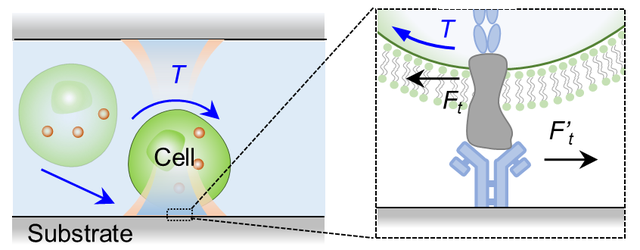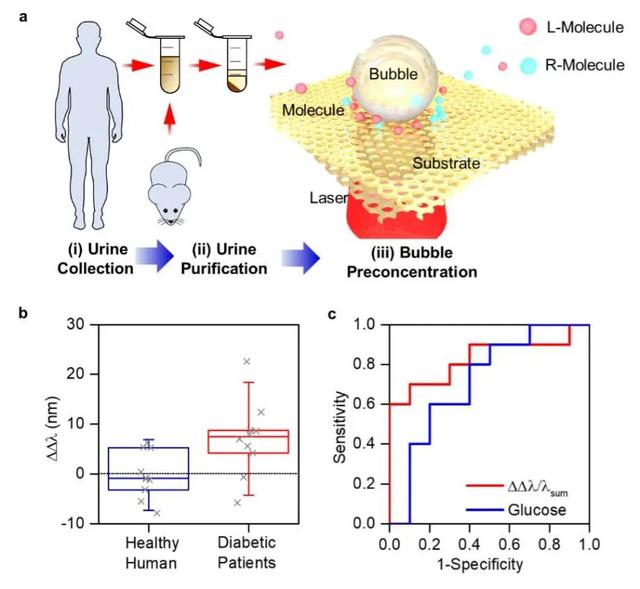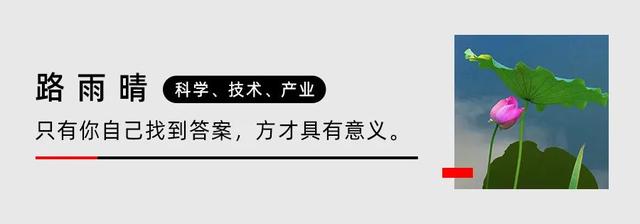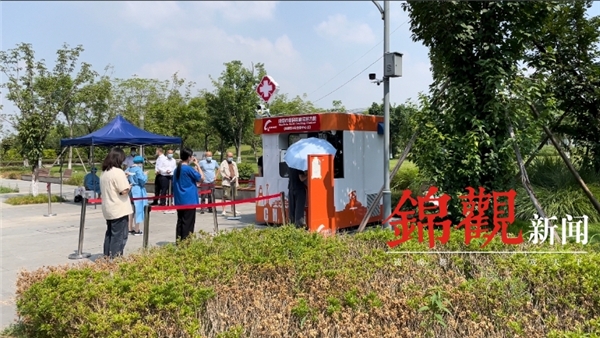Scientists develop single -cell rotation and adhesion frequency measurement technology, which will play an important role in biology
Author:Deeptech deep technology Time:2022.09.12
"One of the reviewers of this paper believes that this technology is completely different from traditional technology. Our technology can more simulate a sticky cut force produced by foreign viruses or bacteria invasion in the body of the body fluid environment. Effect. "Talking about the reviewers of the dissertation, Dr. Liu Yaran, the University of Texas University, Austin, said.
In recent years, with an unexpected new crown epidemic, people have begun to pay more attention to the culprit of this epidemic-SARS-COV-2. Its infection pathway is generally that its virus thorns and ACE2 proteins on human host cells are combined to cause virus adhesion to the surface of the human cells, thereby achieving virus infection.
Among them, the virus thorns are similar to a "key", which can complete the pairing with the "lock" (receptor) on the human host cell, and then pry open the "door lock" to invade human cells. Of course, not only the current hot new crown virus, many other physiological processes in the life system, including bacterial infections, immune response, etc., are similar to the above processes.
Study on the combination of "key" and "lock" will help us develop drugs and prevent infection more targetedly. However, due to the existing observation and measurement methods, it is extremely difficult to study the combination of internal biology in live organisms. Therefore, scientists seek to build an environment similar to the human body to simulate the study of biological adhesion in the blood.

Picture | Liu Yaran (Source: Liu Yaoran)

Can be used to measure almost any specific cell adhesion
At present, researchers have developed a number of dynamic technologies that adhesive measuring monocytes and receptor adhesion. However, the existing single -cell technology is basically used to measure the across molecules of the organic surface of the organism, and the molecular binding force in the real body liquid environment not only has the accent of molecules, but also the direction of molecules.
Therefore, the traditional measurement measurement has great limitations, and its measurement results are significantly different from the molecular binding force in the real body liquid environment. At the same time, due to the differences in the samples in many aspects, the results obtained by using different measures to measure the measurement methods will also be largely different.
In order to solve the limitations of the existing cell adhesion measurement method, recently, Professor Zheng Yuebing, the University of Texas University of Texas, cooperated with Yang Mingcheng, a researcher at the Institute of Physics of the Chinese Academy of Sciences to jointly develop a list called a list called The new optical technology of cell rotation adhesion (SCRAFA).
This technology can simulate the adhesion of cells in the body. For targeted measurement of the surface adhesion of the organism, this study reflects the specific implementation process of its cut force, which is different from traditional technologies for contamination.

Figure | SCRAFA's simulation of cell adhesion in the body (Source: Elight)
Recently, the relevant papers are published on Elight with the title of "Light-Driven Single-Cell Rotation Frequency Assay" [1]. Dr. Liu Yaoran served as the first author of the paper, Yang Mingcheng, a researcher at the Institute of Physics of the Chinese Academy of Sciences, and Zheng Yuebing, a professor of the University of Texas University of Austin, co -served as the communicator.

Figure | Related papers (Source: Elight)
As shown in the (A) in the figure below, SCRAFA is a microfluidic control platform that integrates a variety of optical operations and optical imaging. While capturing and rotating a single cell, monitoring the order of rotation and cells of the cells Matrix Adhesion).
For example, the (B) and (C) in the figure below show the continuous images of the optical drive capture and rotation of a single cell on the substrate. The researchers use two laser beams with 785nm and 532nm, respectively, to achieve target cells on target cells High -efficiency capture and rotation. In order to apply torque on the captured cells and rotate the plane outside the cells, the researchers also controlled the imbalanced thermal infiltration along the cell surface (D in the figure below).
The results show that when the trapped cells are on the left side of the laser beam, the cells rotate counterclockwise. Researchers also tracked capture technology through experiments and found that the time trajectory of the time trajectory of the cell center deviated from the center of the laser beam, which is very different from the traditional optical 镊 technology. Due to the exclusion of thermal sword power, the distance between the heating center and the capture cell center exceeds 2 μm, when the laser power is 0.2MW/μm2, the surface temperature on the cell membrane is close to the temperature of the human body.

Figure | SCRAFA's experimental device and working principle (Source: Elight)
Because adhesion strength depends on the distance between cells and matrix, the distance between the interaction between cells and matrix accurately controls the adhesion strength of SCRAFA. In this regard, the researchers surveyed and extracted the cell-matrix distance during the rotation period of the cells. They also use the ligand to function the substrate, and study the interaction between the cell receptor and the ligand by tracking the cyclic rotation of the light -driven cells and the adhesion of the related cells and the substrate.
In addition, in order to measure the shear force generated in the vascular and bladder, the researchers also collected a series of clinical biofluidians, including various organisms from bacteria to neutrophils of different sizes and length -width ratios, which fully expanded Applicability of SCRAFA technology. In summary, compared with the method of destroying adhesives in normal directions to measure adhesion dynamics, SCRAFA can aim at almost any specific cells by optical rotation and capture on a single platform, and complete the entire cell adhesion Continuous monitoring of the process is unable to achieve traditional methods.
At present, SCRAFA technology can measure target cells in complex clinical samples in situ, including various types of bacteria such as E. coli and splin bacteria in human urine, as well as shear and adhesive dynamics of lymphocytes in the blood.
This technology will play an important role in the fields of cell biology, immune therapy, urinary tract infection, which can help researchers to enhance the targeted drug design. In the future, it will help promote the research of physiological and pathological such as immune response and wound healing.
Develop new type of diabetes testing technology to improve the accuracy of diabetes detection

It is reported that in addition to the above work, Liu Yaoran also developed a new type of diabetes testing technology. Traditional diabetes diagnosis depends on multiple monitoring of blood sugar. This method not only takes time and cumbersome, but also has great uncertainty about early screening of diabetes.
To this end, Liu Yaran cooperated with the clinical medical experts of the University of Texas to develop a technology to diagnose diabetes by testing the diabetes by detecting hand biomolecules in urine. Related papers are published on ACS Nano for the title of "Label-Free Ultrasensitive Detection of Abnormal Metabolites in Diabetes" [2].
Many hand metabolites in the human body are closely related to diabetes. However, because the content of these small molecules metabolites is very limited, traditional technologies cannot be comprehensively and accurate. Liu Yaoran and his teams were effective and local adhesive through the effective concentration and local adhesion of these small molecules in human urine, which greatly improved the rate and accuracy of the detection.
Specifically, researchers gather randomly distributed molecules in urine through hot swords in only micron -level regions, thereby enhancing the concentration of local small molecules metabolites. The experiment found that the concentration efficiency of this technology is close to 6 orders of magnitude, which can successfully detect metabolites that cannot be detected with traditional technologies.
Figure | Non -tagging the working principle and detection accuracy of abnormal hand metabolites in diabetes (Source: ACS NANO)

The experimental results show that compared with the traditional urine diabetes detection, the accuracy of this new diabetes detection technology has increased by 12%. In addition, traditional clinical tests usually take at least 24 hours to return the results, but this new diagnosis can respond in a few seconds.
At present, Liu Yaran and his team are working to commercialize this discovery. In addition to selling it as a family diagnosis and testing, it is also planned to create a module to sell it to clinicians to connect to their existing diagnostic systems. Researchers also seek to expand the application of the test to chronic kidney disease and other disease tests involving hand -changing.
Take root in precision optical equipment and devote themselves to the semiconductor chip manufacturing industry

Liu Yaoran graduated from the University of Electronic Science and Technology in 2014 with a major in microelectronics and solid electronics. In 2021, he graduated from the solid electronics of Austin, Texas, USA. Won many awards such as national scholarships, national outstanding graduates.
Now, he works in a semiconductor company in Silicon Valley in the United States, and is mainly responsible for developing chip -related precision optical testing equipment. For a long time, China is not as good as European and American countries in chip processing and design. Especially in the field of high -end chips, many technologies and devices have been monopolized by Europe and the United States, which causes the problem of Chinese chips to be stuck in the neck.
In the environment of global chip shortcomings and the shortcomings of Chinese chips, in the future, he will consider returning to China to use the technologies he has studied and developed to solve the problem of China's national industry, especially chip manufacturing industries.
In addition, he will continue to promote the application of precision optical detection in the biological field. In the subsequent application plan of SCRAFA's results, Liu Yaran said: "We mainly hope to use this technology to solve the actual problems facing the present. Next, we will study a single coronary virus and explain how they adhere to the blood cells of the human body. On, how to generate proliferation and eventually lead to the occurrence of new crown pneumonia. "
Reference materials:

1.Y LIU, H Ding, J Li, X Lou, M Yang, YZheng.et Al. Light-Driven Single-Cell Rotational Adhesion Frequency Assay. Elight 2 (1), 1-11, 2022
2.Y LIU, Z wu, PS KolliPara, R Montellano, K Sharma, Y Zheng. Label-Free Ultrasensitive Detection of Abnormal Metabolites in Diabetes. ACS NANO 15 (4), 6448-264564564564564564564564564564564564564564564564564564564564564564564564564564564, 6448264, 64864, 64864

- END -
Meizu's defeat, "Zhuhai Factory" behind him

The situation of being acquired by Geely was basically determined, and there were ...
Check the acid no longer need to line up, Ziguang Huazhi AI visual help in Chengdu High -tech Zone science and technology resistance

As long as the keywords of overall broadcast on Chengdu High -tech Weibo can see t...